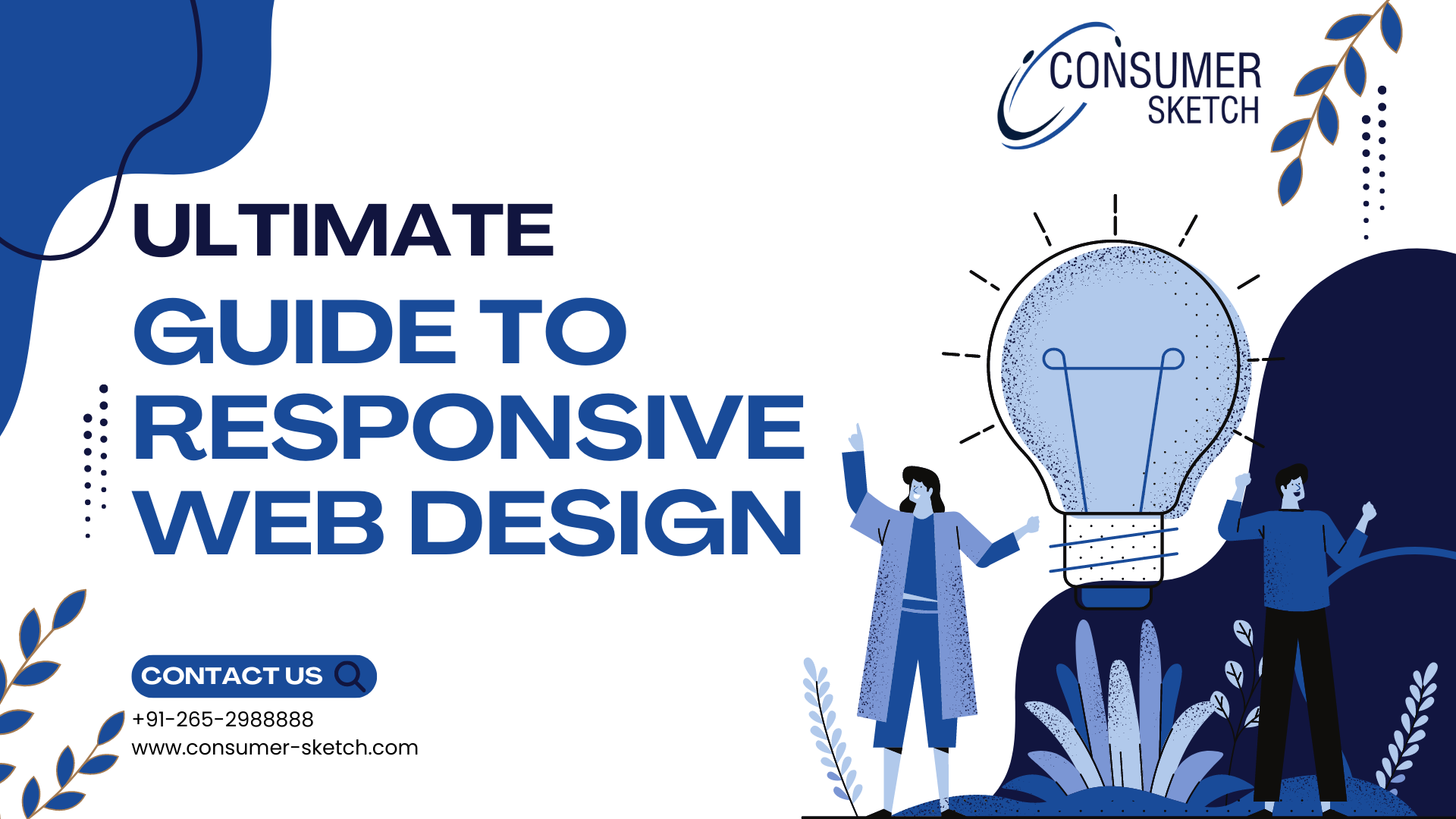When designers create a site today, they need to ensure it looks perfect, works well, and conveys the right message across a wide range of browsers and devices. It's essentially known that web design clients will request a mobile rendition of their website. Responsive web design standards, devices, and layouts make it practical.
Nonetheless, a "mobile rendition" of a site actually doesn't cover the wide types of cell phone and tablet screen sizes and resolutions at play. That is where responsive web design services come in - the capacity to make one site that adapts autonomously.
What is responsive website design?
Responsive web design is a way to deal with how to design a site that makes it practical to deliver pages on different screen sizes. This is an illustration of UI plasticity — the limit of an interface to be liquid and present itself in an ideal design in light of the accessible screen space. A responsive web design agency helps with making the layout fluid.
However, responsive design is something other than a special methodology. It's the foundation of good client experience. Don’t contemplate the screen size and resolutions as design requirements. Consider your content as fluid, giving clients full oversight of how they need to see it.
Why is responsive web design important?
The response is straightforward. It's presently not enough for a web design company in India to design a website for a solitary device. Mobile web traffic now surpasses desktop and presently makes up most of the site traffic, representing over 51%.
At the point when over a portion of your potential guests are utilizing a mobile phone to browse the web, you can't simply serve them a page only for desktop. It would be difficult to read and utilize, and further lead to a terrible user experience.
Throughout the course of recent years, mobile has become one of the main marketing channels. Indeed, even in a post-pandemic market, mobile promotion spending is becoming 4.8% to $91.52 billion.
Whether you decide to publicize via social media or utilize an organic methodology like YouTube Search engine optimization, by far most of your traffic will come from mobile clients. Therefore, web design services for mobile are highly critical.
In the event that your landing pages aren't responsive for mobile and simple to utilize, you will not have the option to enhance the return for capital invested in your advertising endeavours. Terrible conversion rates will prompt fewer leads and waste promotion money.
Components of responsive website design
Since it is now so obvious what responsive website designs are, now is the time to understand the different components designers use to enhance client experience on different devices.
-
Flexible design
There are countless dimensions of devices. So you can't depend on one explicit viewport setting. CSS permits you to code the design utilizing adaptable frameworks with percentages rather than pixels. These keep up with content separating as the viewport changes.
-
Media queries
A media query is an exact bit of code that applies the proper design styles for different devices. It is basically an on the off chance. On the off chance that the viewport is X size, apply X format. Media queries empower broad changes to the design for various viewports.
-
Fluid grids
A responsive website architecture utilizes a calculation to standardize the UI components to the size of the screen and the pixels. It does this with what is known as a "liquid layout.” It considers every part by the percentage it takes up in the width - a block, picture, and the cushioning between and around blocks all add together to make up 100 percent of the width.
Differences between mobile and desktop design
On mobile, you have less space for your content and have to only focus on what you need to show.
Since clients interact with content utilizing their fingers on cell phones, movement like drift impacts won't function admirably.
Individuals can interact with content in a hurry (e.g., while sitting tight for a train), so mobile ought to be intended for more limited client meetings and a more modest capacity to focus.
Conclusion
Responsive website design paves the way for businesses to reach a wider audience. Professionals in web design services, India ensure that websites have the right mobile-friendly vibe. They focus on meeting the standards of responsive web design and create sites that bring in maximum users from all mediums.












